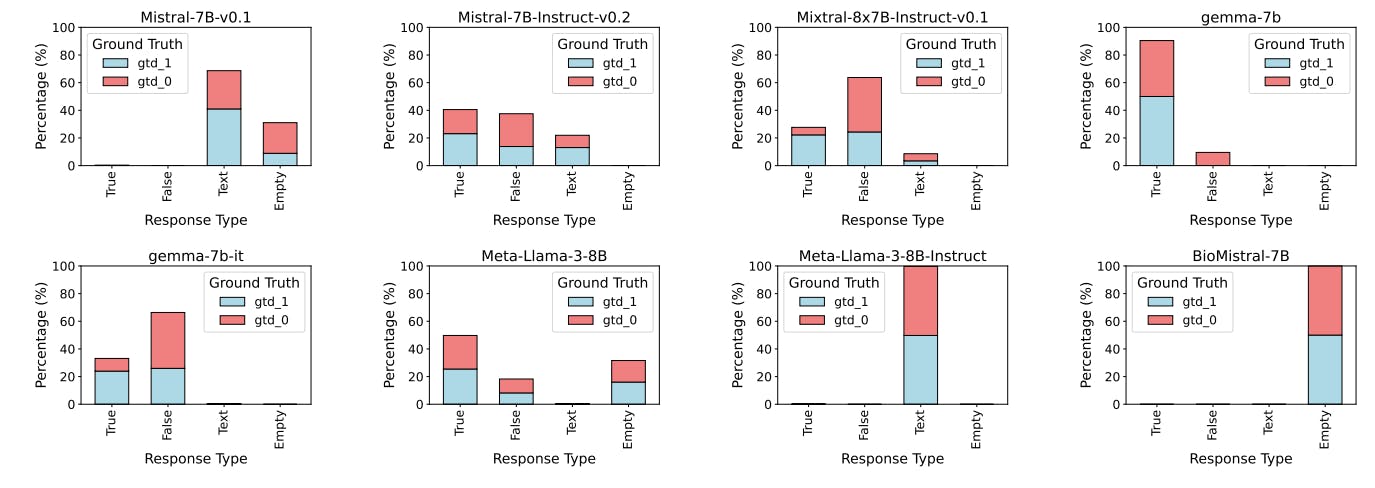Resurfacing a road is a tedious process. Operators must do so at night on roads that have a lot of traffic, but users also see their route altered with detours or delays caused by a reduction in lanes. China has an army of robots to pave roads in less time, but the Swiss solution is almost more ingenious:
A mobile bridge that allows normal traffic without diverting traffic while workers pave the road.
mobile bridge. Its name is ASTRA and the truth is that it is not too mysterious: it is a mobile bridge with an access ramp, an exit ramp and enough interior space to allow both the workers and the asphalt machinery to carry out their work. It is not something new either, since the first version of the bridge was completed in autumn 2021.
It has a series of columns – porticos – that not only maintain the structure, but act as hydraulic lifts to increase the height of the bridge and allow work inside. It also has wheels to move it little by little, since the current version is about 257 meters long and it is necessary to advance as the paving phases are completed.
The failure of the 20 million. But it did not always have those dimensions and, in fact, the version that participated in the 2022 pilot test measured about 236 meters long and was barely three meters high on the interior deck. It gave nothing but problems and there are those who defined it as a real failure. One that had cost 20 million.
The problem? Magazines reported an insufficient testing process. Not only did the machinery not fit well into the interior area to carry out the paving work, but the tests were carried out only with cars and a bus. The biggest problem was the 6.1% slope of the ramps. This caused low cars to rub against each other, but also made it difficult for trucks to pass.




Improvements. All this not only generated traffic jams, but also delays in the paving processes, but the Swiss managed to turn the situation around with a new version tested in April 2024. The maximum speed on the bridge remains the same – 60 kilometers per hour-, but the dimensions have changed. Now, the bridge is 20 meters longer thanks to an extension of 10 meters at each end, which has allowed the slope to be lowered to only 1.25%.
As they themselves commented, they have now carried out the relevant tests with a wide spectrum of vehicles, including trucks, sports cars, tractors, motorcycles and caravans. As we read in Motorpasión, the height of the interior area has also increased, going from three meters to four, facilitating work in the interior area, work that is now much more fluid and which we can see in this video:
Advantages. The main one is clear: do not stop traffic. Even if the speed on the highway is reduced to 60 km/h, there is no need to plan detours or make those in that lane travel in the opposite direction, which is something that always adds extra danger. It also allows maintenance on bridges, where detouring can be more complicated. The ASTRA has its guardrails and the second biggest advantage is that the resurfacing work can be done during daylight hours.
The lanes have the same width as the conventional ones and the only inconvenience for the user is this reduction in speed. Something that those responsible also point out is that, since they can work during the day, tasks such as laying the roof or milling, which are the noisiest, will no longer be done at night, improving the rest of those who live near the areas. to resurface.
In WorldOfSoftware | Switzerland has a problem with traffic jams. They have just voted against the expansion of their most important highway









